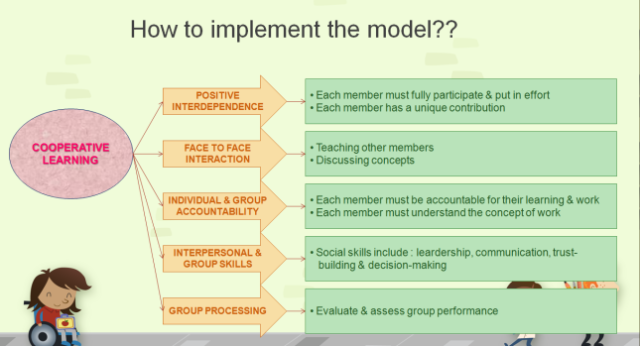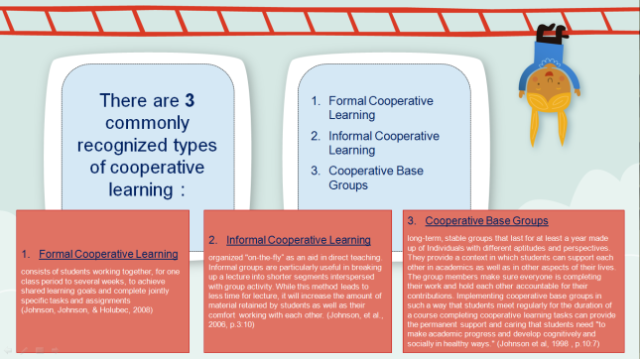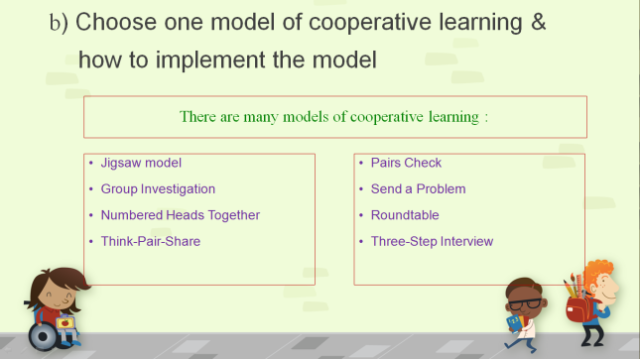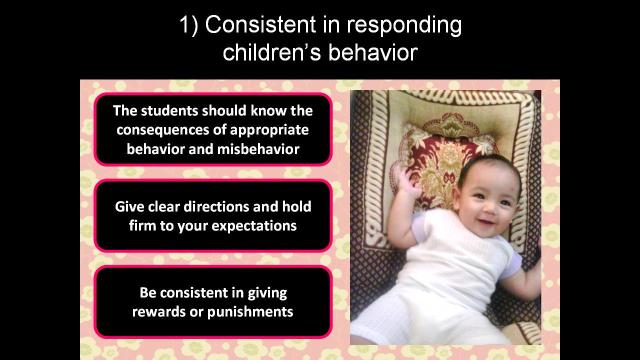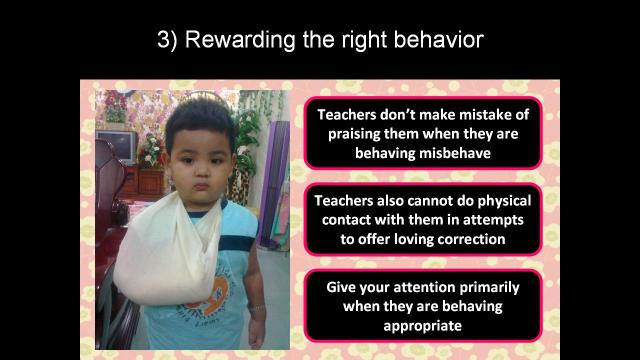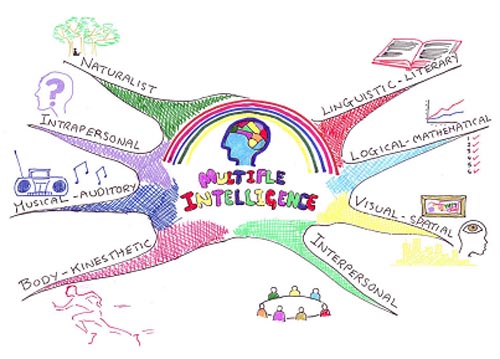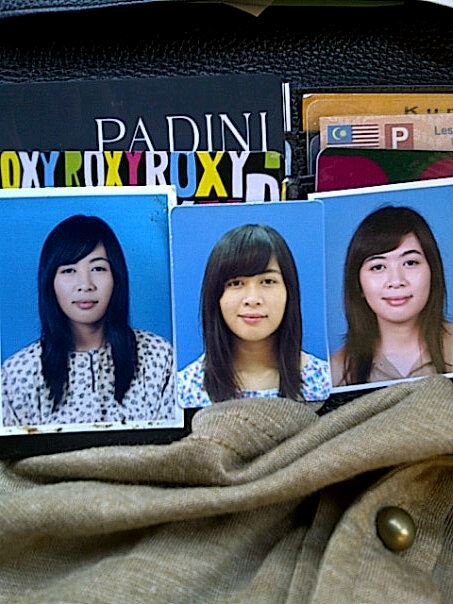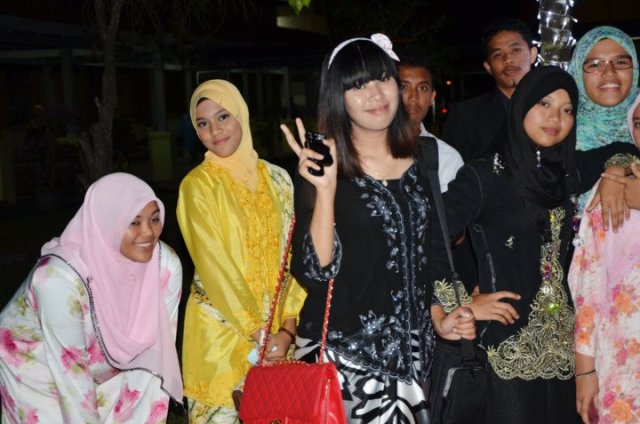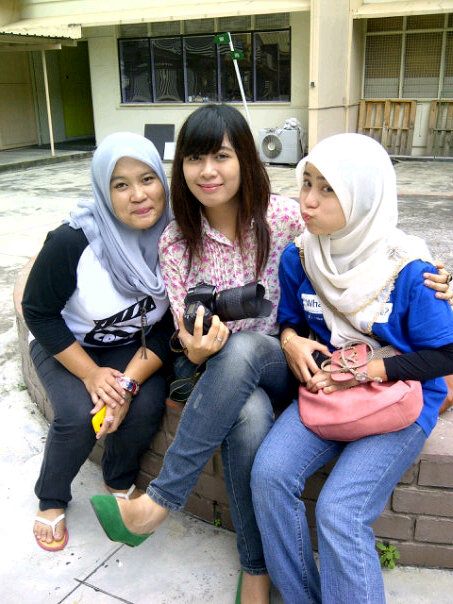5 Learning Disabilities & Teaching Youth with Learning Disabilities – Ana & Imran
1. DYSLEXIA (difficulty reading)
– problems reading, writing, spelling, speaking
Common signs: reads painfully slow, difficulty with basic letter sounds, has trouble decoding, the order of letters becomes mixed up, cannot recall known words
How to teach: utilize a multi-sensory approach to teaching, use time wisely, provide handouts, model organizational structures, utilize other resources
2. DYSGRAPHIA (difficulty with writing)
– problems with handwriting, spelling, organizing ideas
Common signs: awkward pencil grip, illegible handwriting, frustration with writing thoughts on paper, can talk about an idea but cannot write it down on paper
How to teach: allow for accommodations, modify expectations or task to avoid problem areas, provide remediation to improve the student’s handwriting skills
3. DYSCALCULIA (difficulty with math)
– problems doing math problems, understanding time, using money
Common signs: difficulty recalling number sequences, may mistake numbers that look similar in shape (3 & 8), cannot retain patterns when adding, subtracting, multiplying, dividing, difficulty with handling money or estimating costs
How to teach: start with a solid foundation of number recognition and operations, use real-life situation for math concepts, use music and games to help with memorization and of facts and tables, handheld calculators help the student to be sure they see the numbers in the correct order and can be used for a quick check for correctness
4. DYSPHASIA/APHASIA (difficulty with language)
– problems understanding spoken language, poor reading
Common signs: difficulty expressing thoughts verbally, poor reading comprehension, frustrated when speaking, have trouble labeling objects
How to teach: use picture cards, specific programs for therapy, online programs
5. DYSPRAXIA (difficulty with fine motor skills)
– problems with hand-eye coordination, balance, manual dexterity
Common signs: problems with physical abilities – require hand-eye coordination, like holding a pencil or buttoning a shirt
How to teach: give short, precise instructions and engage in as much eye, does activities that he recognizes, write letters on a chalkboard and ask him to copy letters and if possible say the letter at the same time
Multi-disciplinary Team – Nisa
Multidisciplinary teams are groups of professionals from diverse disciplines who come together to provide comprehensive assessment and consultation in abuse cases. While their primary purpose is typically to help team members resolve difficult cases, teams may fulfill a variety of additional functions. They can promote coordination between agencies; provide a “checks and balances” mechanism to ensure that the interests and rights of all concerned parties are addressed; and identify service gaps and breakdowns in coordination or communication between agencies or individuals. They also enhance the professional skills and knowledge of individual team members by providing a forum for learning more about the strategies, resources, and approaches used by various disciplines.
The members of multi-disciplinary team
General educator, special educator, principal, parents, student, therapists, guidance counselors, administrators other than principal, motivator and paraprofessionals. These are the roles of the members of multi-disciplinary team that Niesa had explained.
General educator – Understand the special educators may be responsible for a large group of students and have a limited amount of time for each student. Sharing with other consultants for determining how goals and object can be reinforced during the course of general classroom activities.
Special educator – Recognize suitable techniques to be used towards students especially students with special needs. Respond to the need of many students rapidly.Recognize the teaching techniques that may be success in special education class but not in a normal classroom.
Principal – Monitor student’s movements in the schools especially in the classroom.Always update information with the classroom teacher about their performance. Inform parents with the current performance of the students.
Parents – Provide information about the students’ current performance and don’t leave their children’s education in the hand of experts like teachers.
Student – They should responsible for their own educational outcomes. Although for disabilities students, they should think about their responsibility. Don’t let others be responsible for everything.
Global and Analytical Learner – Kak Ika & Zarina
GLOBAL LEARNER
> may work better in groups than alone
> prefer to work on multiple tasks at once
> sees the big picture or overall view
> likely to respond to a problem with emotion first, instead of logic
The strategies that teacher needs to come out for ;
GLOBAL LEARNER
- Provide a flexible learning environment
- Explain concept first then the details
- Give them chances to do some group work
- Give them multiple task at once
- Plays background music
- Gives open ended questions.
- Relates to life information
ANALYTICAL LEARNER
> preferring to study alone for long periods without interruption
> tend to work on one task to completion
> focuses on the parts that make up the big picture
> likely to respond to a problem with logic first, instead of emotion, solve problem systematically and logically.
The strategies that teacher needs to come out for ;
ANALYTICAL LEARNER
- Provide a traditional classroom setting
- Shows and organize the sequences of information
- Leads to the larger concept of understanding
- Provide an activity that follows sequentially, process, list, timeline, and charts
- Example: bring back pieces or parts of the body altogether and explain their functions









